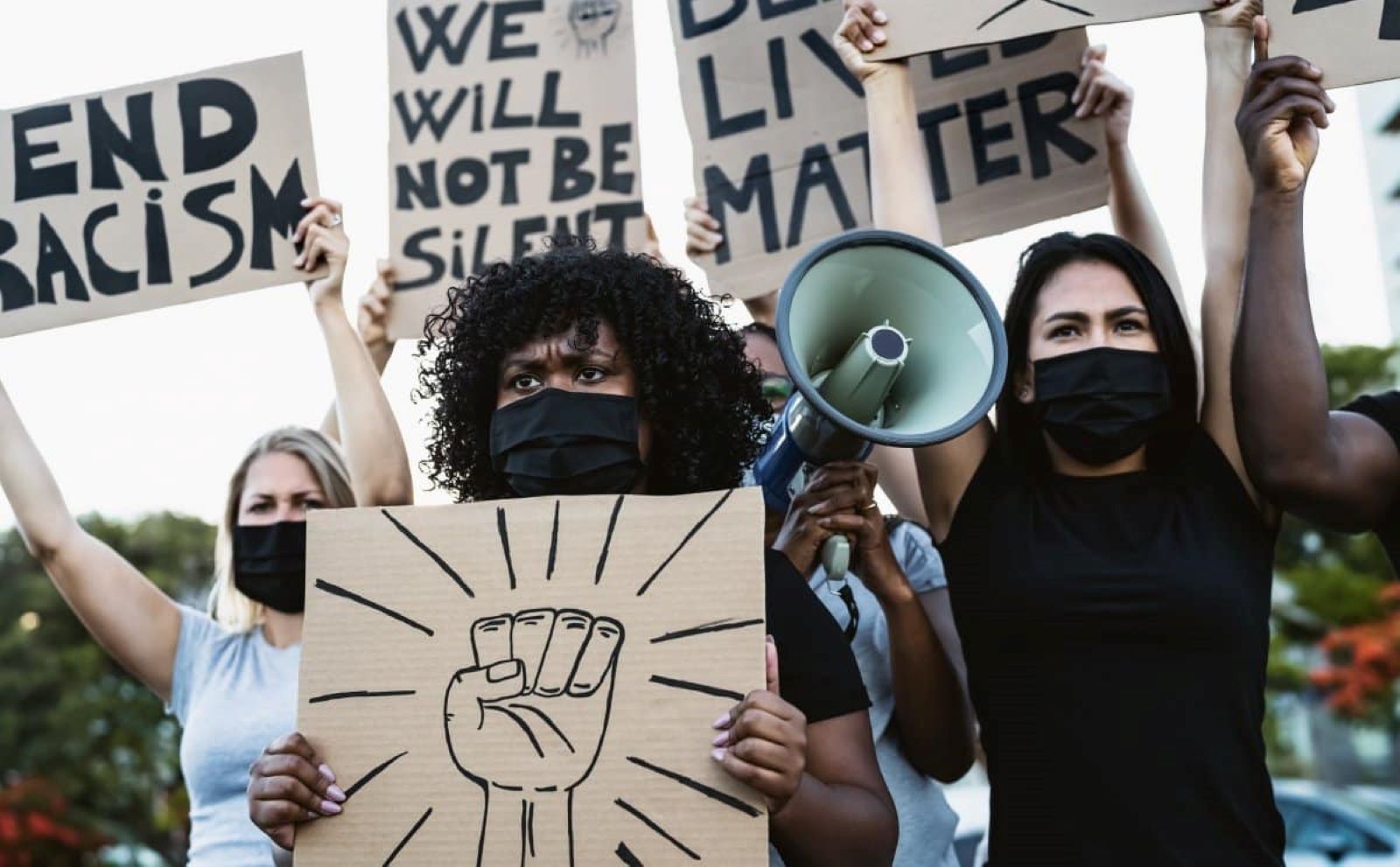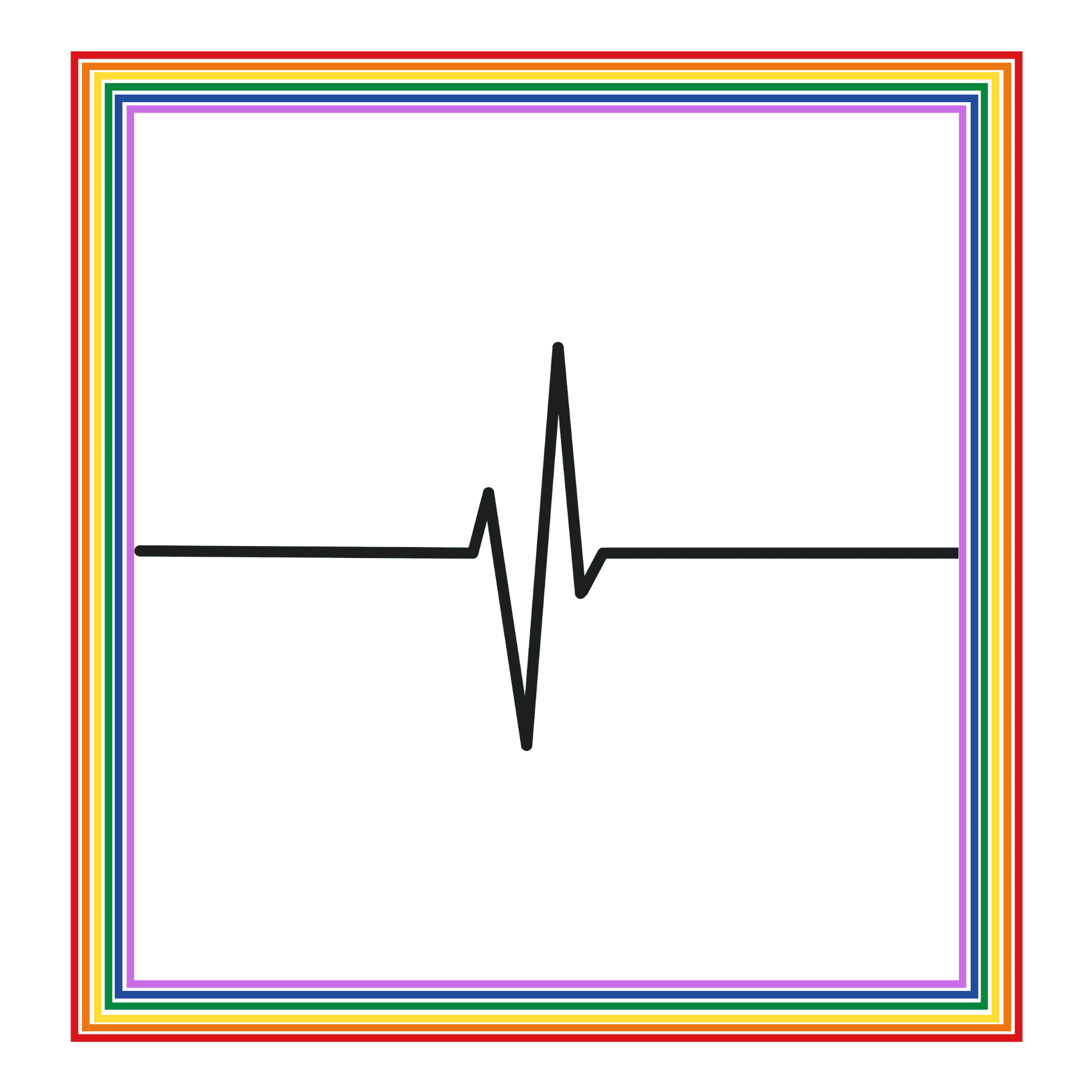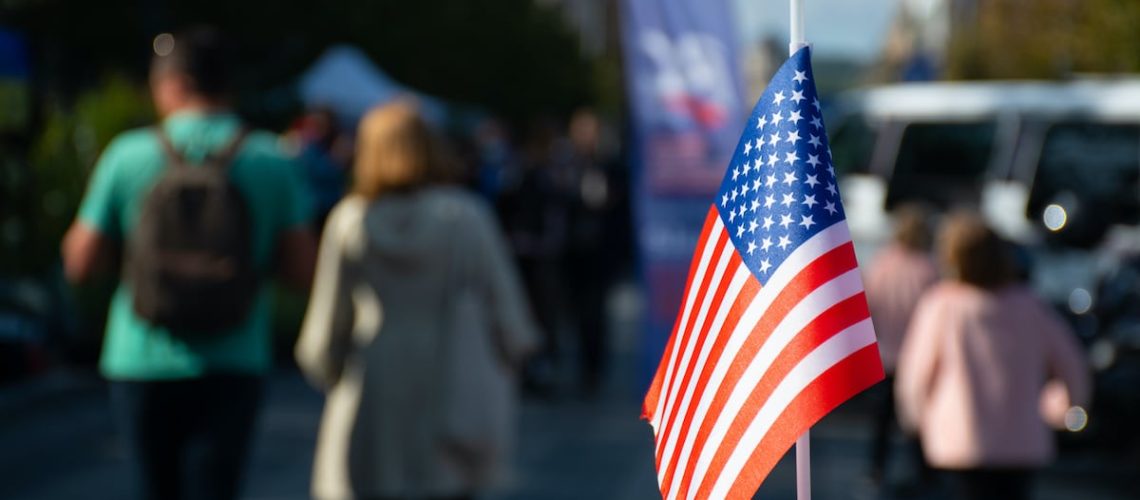In the upcoming November 2024 election, New York voters will be tasked with deciding on a key amendment to the state’s constitution, known as Proposal 1, or the Equal Rights Amendment (ERA).
This proposed change would expand protections against discrimination, specifically targeting areas of sexual orientation, gender identity, reproductive rights, and more. Proponents argue that this move is critical to safeguarding existing rights in New York, particularly given the evolving legal landscape in the United States surrounding LGBTQ+ and reproductive issues. However, the proposal has not been without controversy, drawing criticism from conservative factions.
What Does the Equal Rights Amendment Propose?
Proposal 1 seeks to amend Article 1, Section 11 of the New York Constitution, which currently prohibits unequal treatment based on race, color, creed, and religion. The amendment would extend these protections to include ethnicity, national origin, age, disability, sex, sexual orientation, gender identity, gender expression, pregnancy, and reproductive healthcare.
The amendment further specifies that any laws or programs designed to address past discrimination would not be invalidated. In addition to enshrining protections for LGBTQ+ individuals and safeguarding reproductive rights, the ERA could also prevent future administrations from imposing restrictions on issues like gender-affirming care and abortion access, which have been flashpoints in national debates.
Support and Advocacy for the ERA
The ERA has garnered significant support from political leaders, civil rights organizations, and LGBTQ+ advocacy groups. New Yorkers for Equal Rights, a coalition of organizations pushing for the amendment, has emphasized its necessity in light of national trends. Sasha Ahuja, campaign director for the coalition, said, “New York’s laws prohibiting discrimination against LGBTQ people were hard fought, and Prop 1 will embed the rights and freedoms ensured by those laws in our State Constitution — so they can never be rolled back.”
Prominent lawmakers have also voiced their support. In a press release, State Senator Brad Hoylman-Sigal, an out gay lawmaker, said, “No one should ever face discrimination from the government because of who they are or who they love. Prop 1 will guarantee that the rights and freedoms of LGBTQ people are permanently protected in New York, regardless of any shifts in the political winds.”
The New Pride Agenda, an LGBTQ+ advocacy organization, has been actively campaigning for a “Yes” vote on Proposal 1. Elisa Crespo, executive director of the New Pride Agenda, emphasized that the amendment is about safeguarding fundamental freedoms. “On November 5, we will not be distracted or divided by blatant misinformation or fear mongering. We will come together to send a verdict that bodily autonomy and freedom are cornerstones of our values as New Yorkers,” Crespo stated.
Opposition and Conservative Pushback
Despite widespread support, Proposal 1 has faced pushback from conservative politicians and groups, who have voiced concerns about the potential implications of the amendment. Republican former Congressmember Lee Zeldin has been one of the more vocal opponents, characterizing the ERA as overly broad and warning that it could open the door to what he calls “extreme” policies. Zeldin claimed that the amendment would create a “constitutional right for boys to compete in girls’ sports and allow males to use female bathrooms and locker rooms,” invoking fears about transgender inclusion in public spaces and sports.
Zeldin urged New Yorkers to vote against the proposal, rallying conservative voters with messages focused on transphobia and concerns over government overreach. Conservative critics also point to the proposal’s language around reproductive healthcare, arguing that it could enshrine abortion rights in a way that limits future legislative actions aimed at curbing abortion access in the state.
Legal and Procedural Developments
The path to getting the ERA on the ballot has not been without legal challenges. Initially, the amendment was blocked by state Supreme Court Justice Daniel J. Doyle, who ruled that the legislature had improperly placed it on the ballot without obtaining a sign-off from New York State Attorney General Letitia James. The case was brought by Republican Assemblymember Marjorie Byrnes and two private citizens, who opposed the proposal.
However, in September 2024, a state appellate court overturned Doyle’s ruling, reinstating the ERA on the November ballot. The court found that Byrnes and the other plaintiffs had filed their case too late, allowing the amendment to proceed. Attorney General James celebrated the decision, stating, “Today’s decision to put the Equal Rights Amendment back on the ballot in November is a huge victory in our efforts to protect our basic rights and freedoms. “
A Key Vote for New Yorkers
The inclusion of Proposal 1 on the November ballot puts New York at the center of a national debate over LGBTQ+ rights and reproductive freedoms. If passed, the ERA would ensure that the state remains a leader in these areas, embedding protections in the state’s constitution that would be difficult to reverse, even with future shifts in the political landscape. With both sides rallying their bases, New Yorkers will soon have the opportunity to make their voices heard on one of the most consequential civil rights issues of the year.
21 Beliefs About the Bible That Are Actually False

The Bible is one of the most discussed and debated books in history, yet many common beliefs about it are more myth than fact. How many of these misconceptions have you heard before? 21 Beliefs About the Bible That Are Actually False
21 Subtle Racisms That Are Commonplace in America

Racism in America isn’t always overt; it often hides in plain sight through subtle actions and attitudes. How many of these subtle racisms have you noticed around you? 21 Subtle Racisms That Are Commonplace in America
Featured Image Credit: Shutterstock /Michele Ursi.
For transparency, this content was partly developed with AI assistance and carefully curated by an experienced editor to be informative and ensure accuracy.

